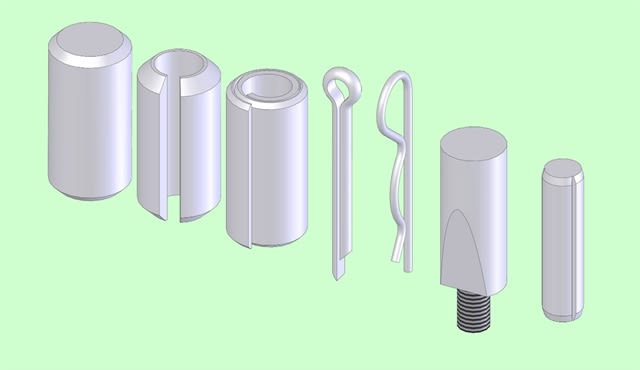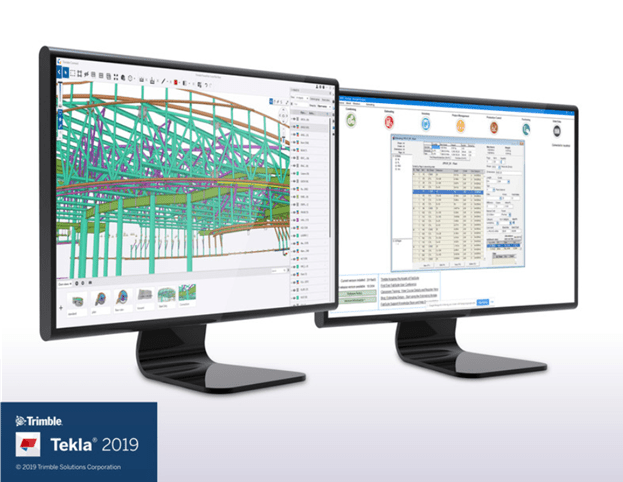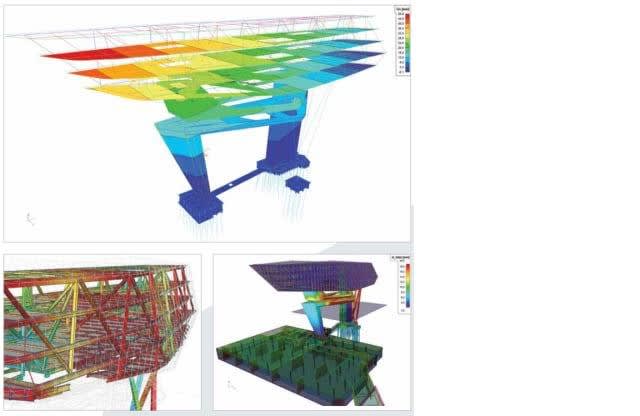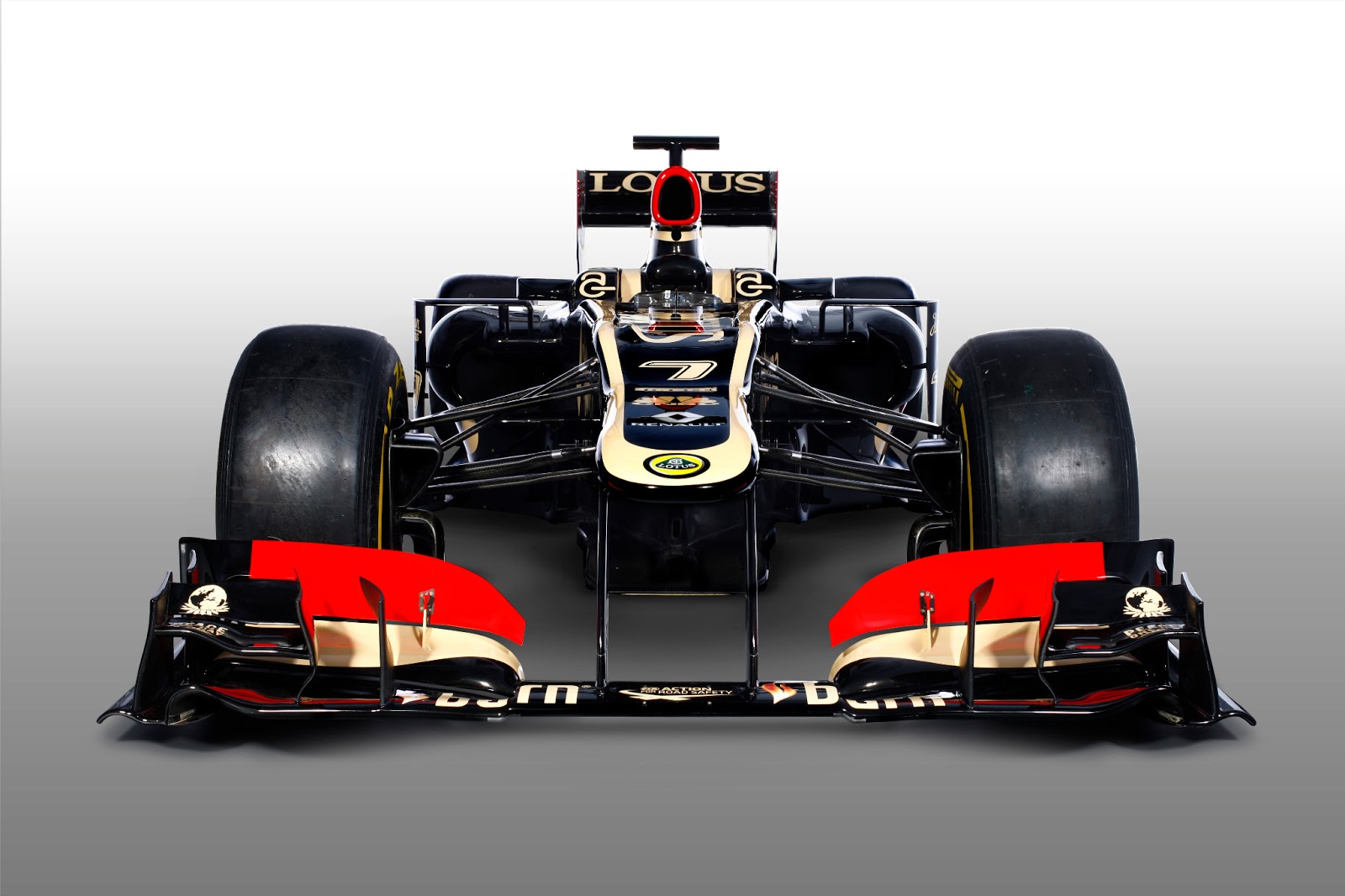golfpin
Automotive
- Jul 15, 2009
- 91
newbie here,
current F1 front suspension layout would seem to indicate the front roll centre at perhaps ground level or lower. Is this the case, and if so would this not aggravate the "jacking effect". Have been out of the design loop for a long time am I missing something or is there a heavy "aero" package influence here that I am unaware of, any comments would be greatly appreciated from what appears to be very well informed panel.
with thanks.
current F1 front suspension layout would seem to indicate the front roll centre at perhaps ground level or lower. Is this the case, and if so would this not aggravate the "jacking effect". Have been out of the design loop for a long time am I missing something or is there a heavy "aero" package influence here that I am unaware of, any comments would be greatly appreciated from what appears to be very well informed panel.
with thanks.






![[cheers] [cheers] [cheers]](/data/assets/smilies/cheers.gif)